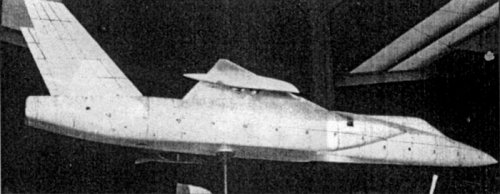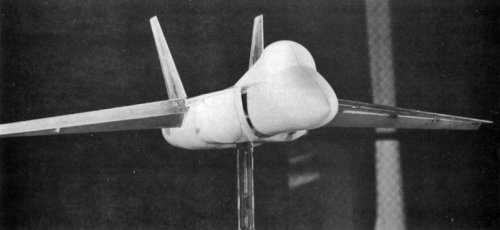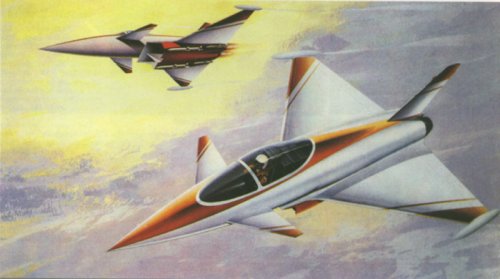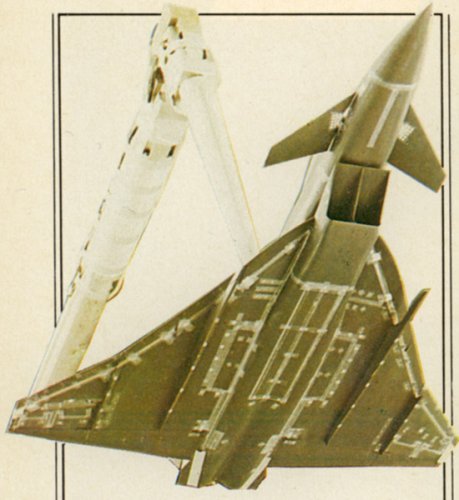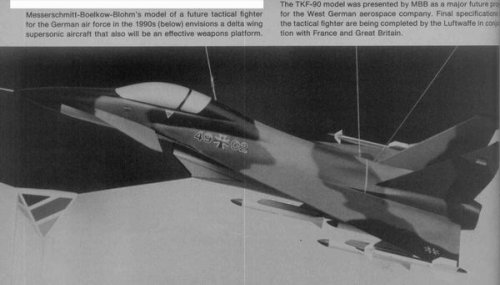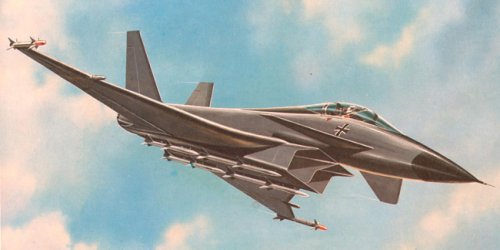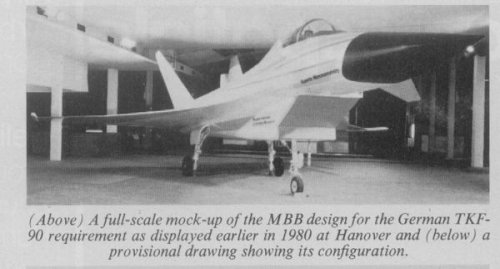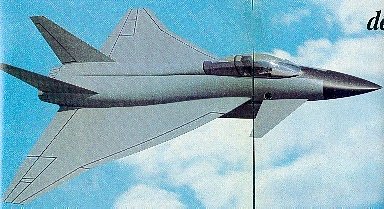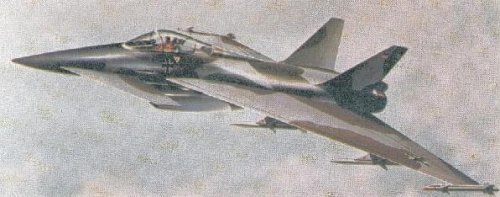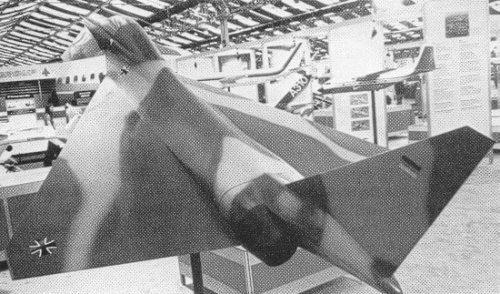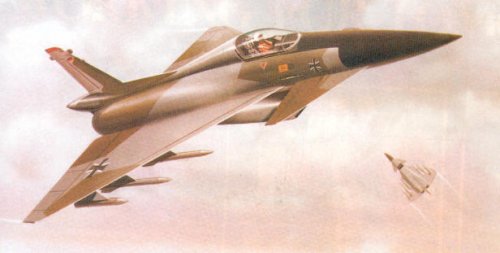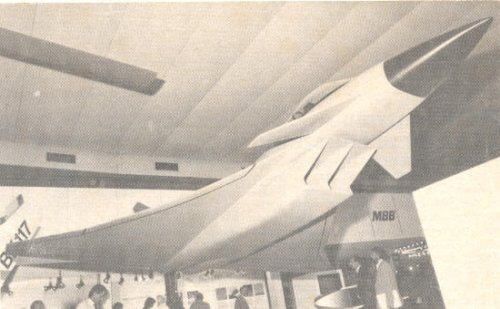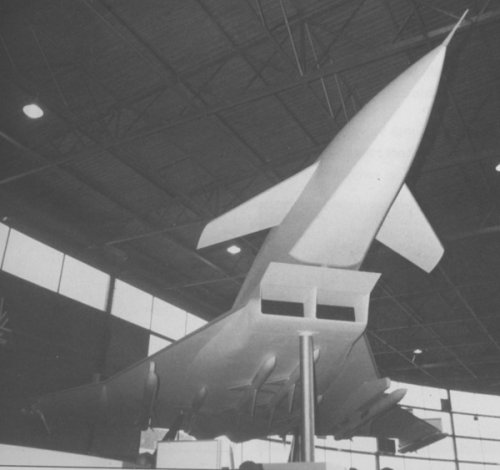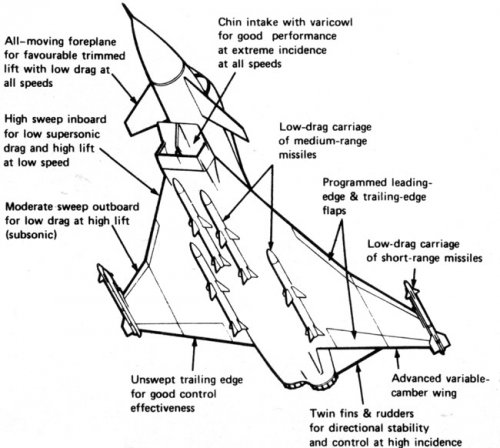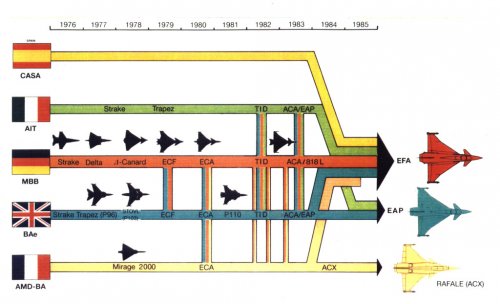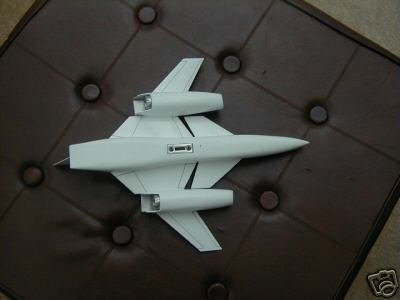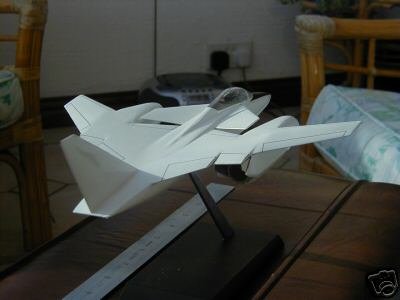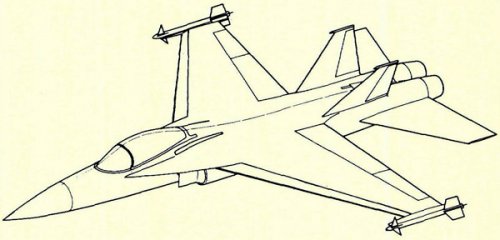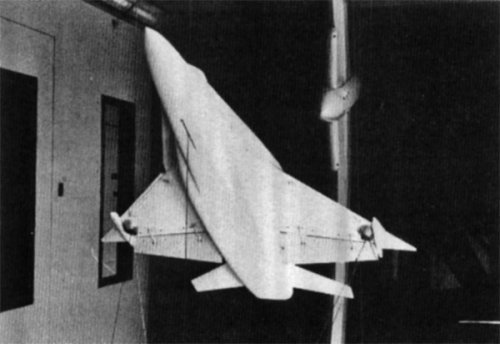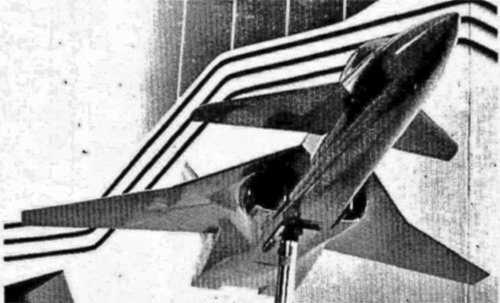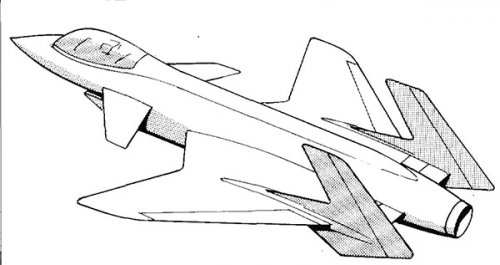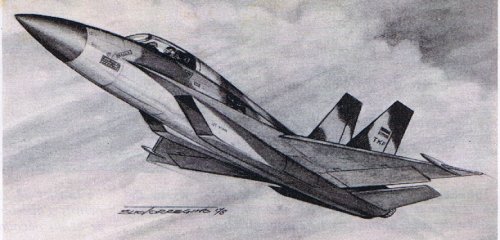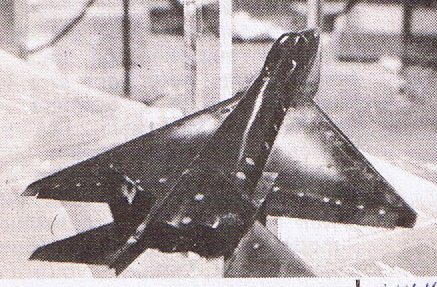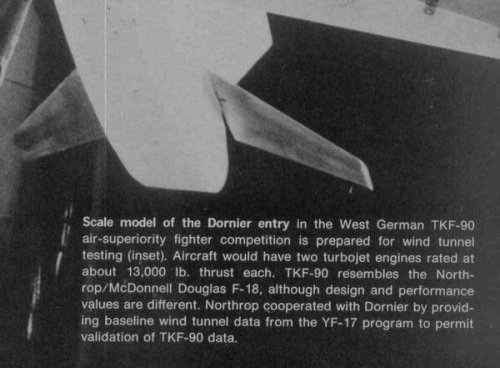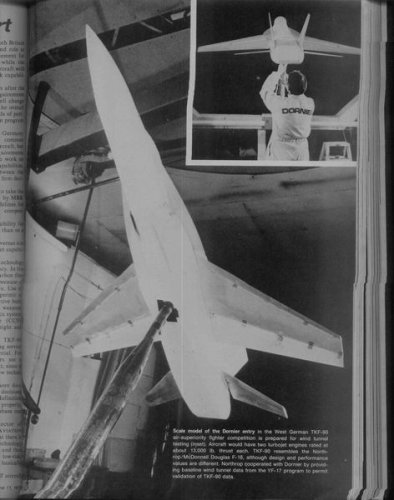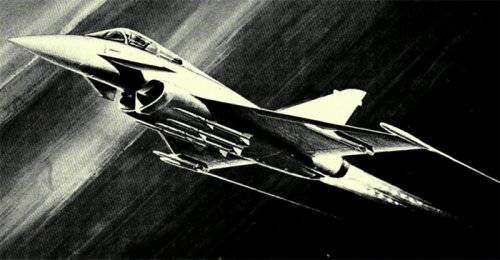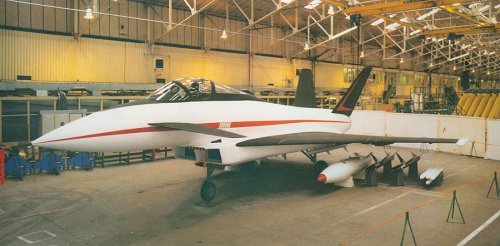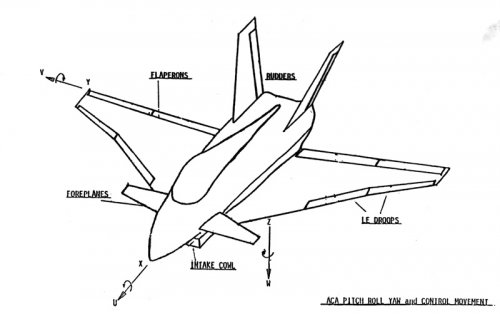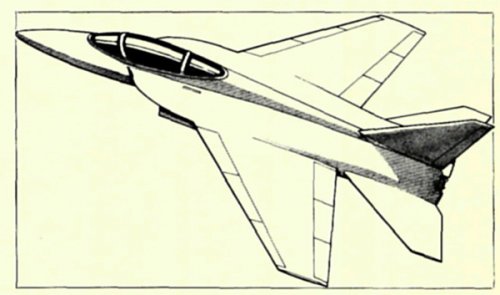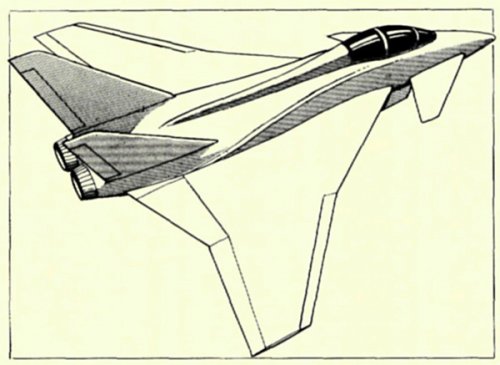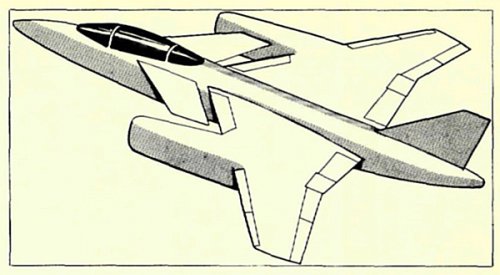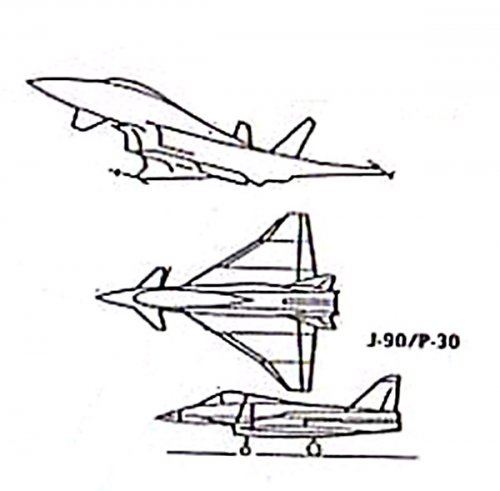PMN1, #29: When was the planned in service date {ISD} for this when the four countries finally signed the agreements and did the spec of the aircraft then differ much from what is coming into service now?
How would an on time in service date have affected subequent aircraft developments?
Date: It began as TKF-90, just as MRCA had been NKF-75. Those would have been nice ISDs. EFA Development MoU, 9/8/1985 (3 Nations) had "mid-1990s" ISD, retained at 16/5/1988 EF2000 Development Phase MoU (4 Nations).
Spec: all things to all men, then as now. So no real change to the external tin, some weapons changes - add Meteor - but total rethink in data management - EURODASS, EURORADAR, &tc.
Earlier ISD: Where the money and time went was software, as avionics digital data went through the same galloping obsolescence as on our desks, laps and consoles - as late as 1998 there were UK TV ads by IBM (who he?) of a power-female suggesting to her techno-geeks that it might be an idea to use their screen to Sell Something! And a techno-phobe asking "what is this He-mail stuff?"
harrier, # 47: The National Audit Office did a review of the P.120 vs. EFA a few years ago and said EFA came out as 196% the cost of the UK-only P.120. If the UK share of EFA is around 40% then the 'saving' of collaboration is not that great...may be non-existent.
That assumes UK-solo could have done it, and would have done it. That dismisses partners' skills, presumes they are there just to boost business, presumes Major and Blair would have gaily gone on spending as solo cost and time spiralled. None of the above. The wonder is that through umpteen Elections after the Peace Dividend became available in 1991, all 4 partners stayed the course. Delay was caused, not by collaboration, but the search for a window of initial operational capability before the next Electronic Counter-Counter-xN-Measures negation. Gripen, Rafale, ditto. F-22, ISD Jan.2006, stems from ATF, 1981 (stealth concept, 1974).
Typhoon (/Rafale/Gripen/F-22/F-35) will now go through, not a Mid Life Update, but iterations - rolling, constant. That may include deleting the Mark 1 eyeball...but what you see is unlikely to change for a half century. No point. These are mere platforms.

